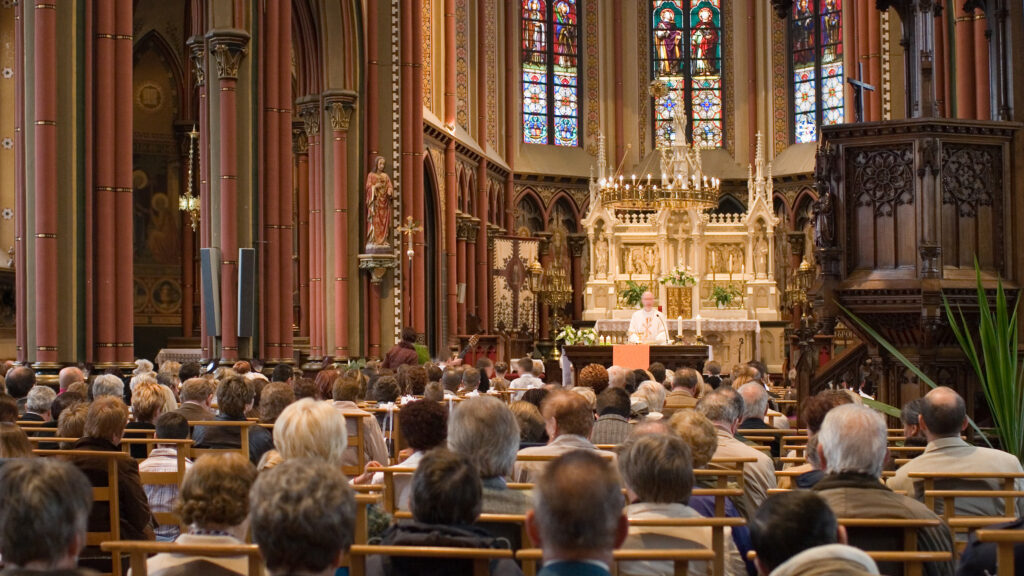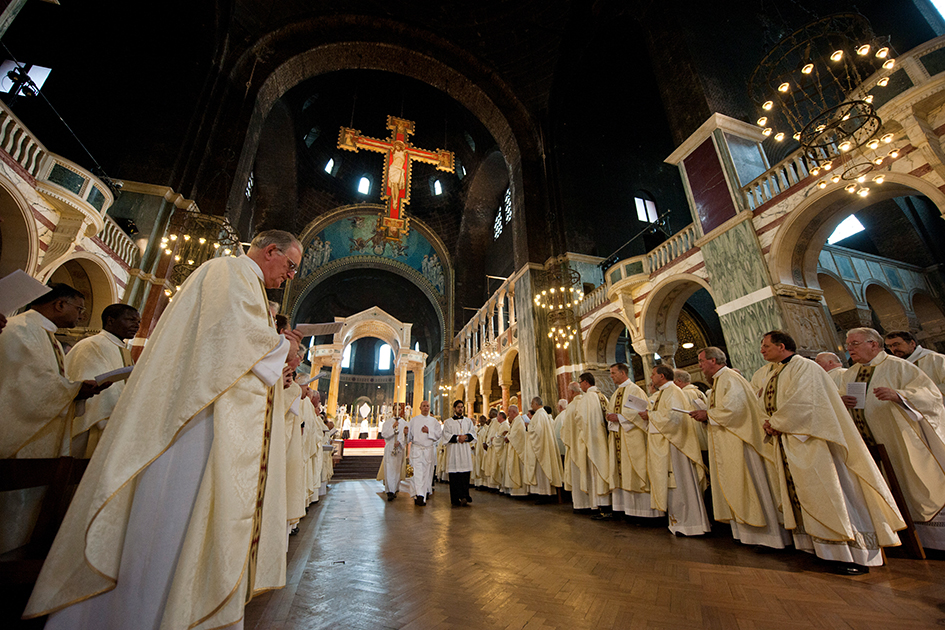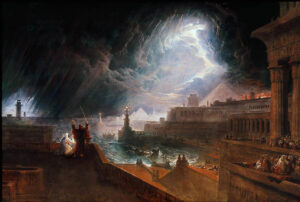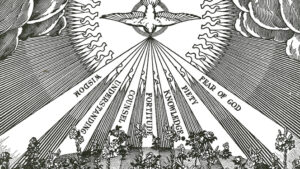Introduction

Christianity is the world’s largest religion, but within it, there are various denominations with distinct beliefs and practices. This blog explores two major Christian ideologies: Catholicism and Protestantism. Understanding these ideologies can provide a clearer picture of the diversity within Christianity.
1.Catholicism: Tradition and Sacraments
Historical Background
Catholicism traces its roots back to the early Christian communities and the apostles, particularly Saint Peter, who is considered the first Pope. The Roman Catholic Church has played a significant role in the history of Christianity.

Key Beliefs and Practices
Authority: The Catholic Church believes in the authority of the Pope and the Church’s Magisterium (teaching authority). Church tradition and scripture are both vital.
Sacraments: Catholics recognize seven sacraments: Baptism, Confirmation, Eucharist, Penance, Anointing of the Sick, Holy Orders, and Matrimony. These sacraments are seen as means of grace.
Salvation: Catholics believe in salvation through faith and works. Good deeds, participation in sacraments, and following the Church’s teachings are essential.
Saints and Mary: Catholics venerate saints and view Mary, the mother of Jesus, as having a special role in interceding for believers.
Worship and Liturgy
2.Protestantism: Scripture and Faith
Historical Background
Protestantism emerged in the 16th century during the Reformation, a movement against certain practices and teachings of the Catholic Church. Key figures like Martin Luther and John Calvin were instrumental in this movement.

Key Beliefs and Practices
Authority: Protestants emphasize the authority of Scripture (the Bible) alone (sola scriptura). They reject the Pope’s authority and Church tradition as equal to the Bible.
Justification by Faith: Protestants believe in justification by faith alone (sola fide). They teach that salvation comes through faith in Jesus Christ, not by works.
Priesthood of All Believers: This ideology asserts that all believers have direct access to God and can interpret the Bible without needing a priestly mediator.
Two Sacraments: Most Protestant denominations recognize only two sacraments: Baptism and the Lord’s Supper (Eucharist). These are seen as symbolic rather than means of grace.
Worship and Liturgy
Variety of Services: Protestant worship services vary widely but often include preaching, singing hymns, and prayer. The focus is on the sermon and scripture reading.
Rejection of Liturgical Calendar: Many Protestant denominations do not follow the liturgical calendar as strictly as Catholics do, though some observe major Christian holidays like Christmas and Easter.
Conclusion
Catholicism and Protestantism represent two significant streams of Christian thought and practice. While they share core beliefs in the divinity of Jesus Christ and the importance of scripture, they differ in their views on authority, sacraments, and the path to salvation. Understanding these differences helps appreciate the rich diversity within Christianity.









Let every man be a liar, but God Be True! No religion, ONLY relationship with Yeshua HaMashiach, Jesus Christ….for straight is The Way and Narrow is The Gate and few thereby that find it!
Let every man be a liar, but God Be True! No religion, ONLY relationship with Yeshua HaMashiach, Jesus Christ….for straight is The Way and Narrow is The Gate and few thereby that find it!